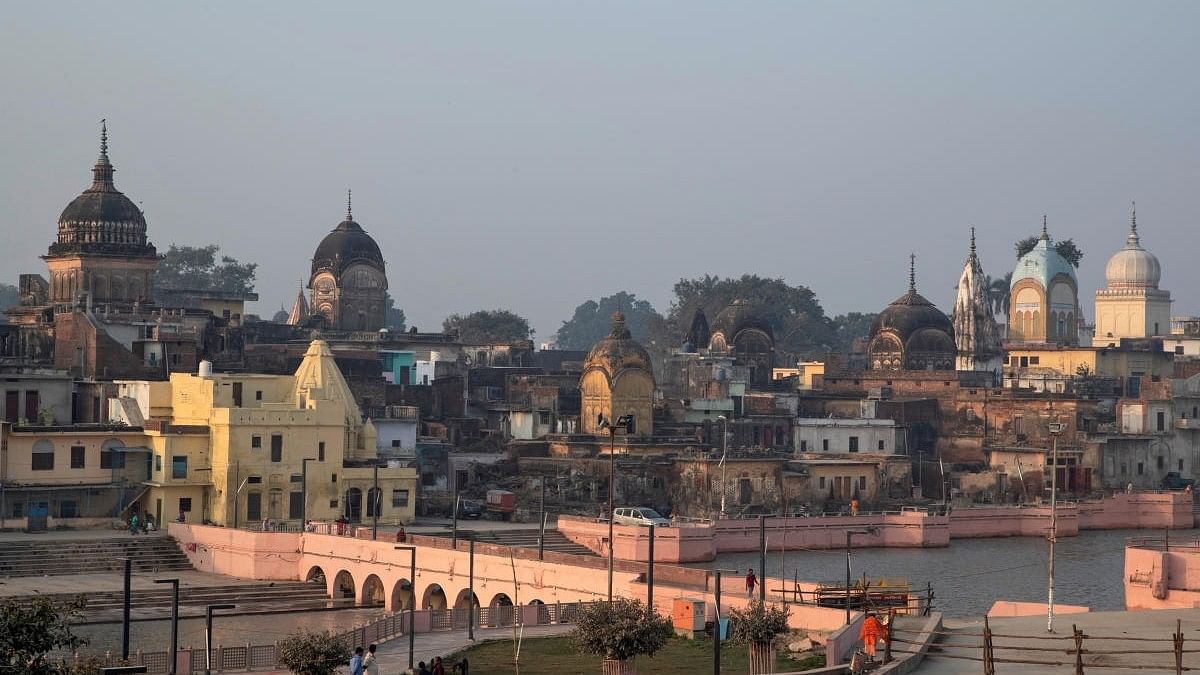
Ayodhya.
Credit: Reuters Photo
Nestled along the banks of the serene Sarayu River, Ayodhya, the sacred city, weaves a tapestry of mythology, cultural evolution, and religious significance that stretches across millennia.
The city, believed to be the birthplace of Lord Ram, serves as a historical centre for both Buddhism and Hinduism, bearing witness to India's turbulent political and religious past.
In Hindu mythology, Ayodhya once stood as the capital of the ancient Kosala Kingdom, ruled by the revered King Dasharatha. It is here that the epic tale of Lord Ram unfolded, adding layers of spiritual significance to the city.
However, during the Buddhist era in the 6th-5th centuries BCE, Shravasti claimed the mantle of the kingdom's capital. Some scholars says that Ayodhya and Saketa are one and the same, with Buddha having lived in this sacred space for a period.
Ayodhya's prominence in Buddhism continued to flourish during the Maurya and Gupta dynasties, marked by the construction of Buddhist monasteries and stupas. The city's cultural landscape became diverse, shaping its identity through the ages.
The historical turning point for Ayodhya came during the Mughal era when Babur, the first Mughal emperor of India, commanded the construction of the Babri Masjid in 1528.
This mosque, built on a site believed by Hindus to be the birthplace of Lord Ram, became a symbol of religious coexistence and contention. The Babri Masjid stood for centuries until 1992 when it was tragically demolished by Hindu activists, leading to the establishment of the Liberhan Commission to investigate the incident.
The legal saga surrounding the disputed land reached its peak in 2019 when the Supreme Court of India delivered a historic judgment. The court ruled in favour of allowing the construction of the Ram Mandir, bringing closure to a longstanding dispute.
The Allahabad High Court's decision to divide the disputed land among the Sunni Wakf Board, Nirmohi Akhara, and Hindus supporting the installation of a Ram idol set the stage for this landmark judgment.
Today, Ayodhya stands not only as a pilgrimage site but also as a testament to the enduring spirit of faith. Pilgrims and tourists alike continue to come to the sacred city, exploring its rich tapestry that seamlessly intertwines myth and history, leaving an indelible mark on the cultural landscape of India.